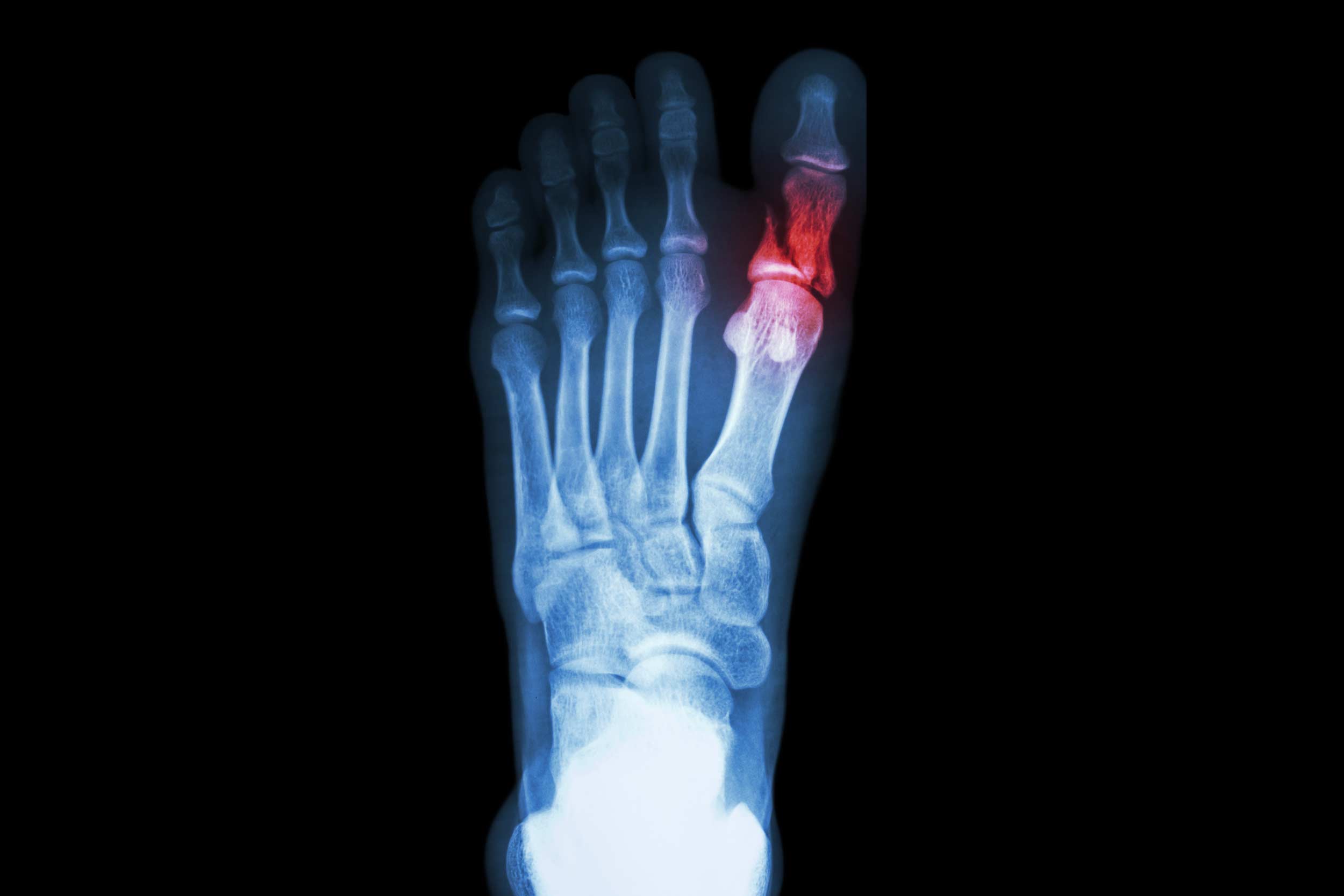Have you ever gotten up in the middle of the night and stubbed your toe on a massive piece of furniture only to wake up your entire family screaming and to curse the day you bought that solid oak dresser?
If that’s a scenario that doesn’t resonate with you, congratulations because toe injuries have a way of dropping you to your knees.
As you start to pull yourself together, you might start wondering about the extent of your injury. Is it broken, sprained, or just bruised?
To answer that question, let’s look at some of the symptoms of broken toes, and they can be treated?
Types of Toe Fractures
Contrary to popular belief, breaking a bone doesn’t just mean it is snapped in two. Several kinds of fractures can occur in our toes. The six most common are:
- Stress Fracture – Caused by overuse or repetitive activity
- Non-Displaced Fracture – Bones crack but do not separate
- Displaced Fracture – The broken part of the bone is entirely separated from the rest of the bone
- Open Fracture – Skin is broken, and bone is visible.
- Closed Fracture – Break is contained within the skin.
- Avulsion Fracture – A piece of bone is chipped off.
What Can Cause a Broken Toe?
Our big toe has two bones, each capable of breaking. The rest of our smaller toes have three bones each. Breaks in these bones can be caused by:
- Overuse
- Stubbing your toe or hitting it on an object
- Rolling your toe
- Dropping a heavy object on your toe
- Wearing poorly designed footwear
- Suffering from Osteoporosis
How do You Know if Your Toe is Broken?
The only sure way of knowing if your toe is broken is to visit your doctor and get an X-ray. However, there are a few signs you can watch out for that will help you decide whether or not a visit to the doctor is necessary.
It is not unusual for your little toe to be more susceptible to injuries that your other toes. But how do you know if you’re experiencing the broken tip of a pinky toe and that some other factor does not cause the pain?
One way you can be sure is by knowing and understanding broken little toe symptoms. Damaged pinky toe signs include:
- Popping sound at the moment of injury
- Throbbing that lets up after a few hours
- Pain when you place weight on your foot
- Dislocation of toe
- Swelling
- Bruising
- Burning
- Damaged toenail
- Hurts to walk
- Feels like it needs to pop
The broken long toe and broken second toe symptoms are virtually the same as the pinky toe. However, because many other factors can cause pinky toe pain, it is good to rule out that it’s not broken.
Treating a Broken Toe
Although our large toe’s makeup varies a little from our other toes (i.e., fewer bones), broken large toe treatments are generally the same. Make sure to check with your doctor before trying any of these treatments on your own.
Here are the top ways doctors recommend treating broken toes:
- Elevating your foot
- Alternating heat and ice packs
- Splinting or tapping to the neighboring toe
- Casting
- Wearing a walking boot or stiff toed shoes
- Anti-inflammatory medication
When to See a Doctor
If you suspect that you have a broken toe, you should contact your doctor. They may require an X-ray to verify the extent of the fracture. Trying to treat the fracture on your own may result in further complications.
You can fill out our online form to further discuss toe fractures with one of our experienced staff members at Canyon Oaks Foot & Ankle.

